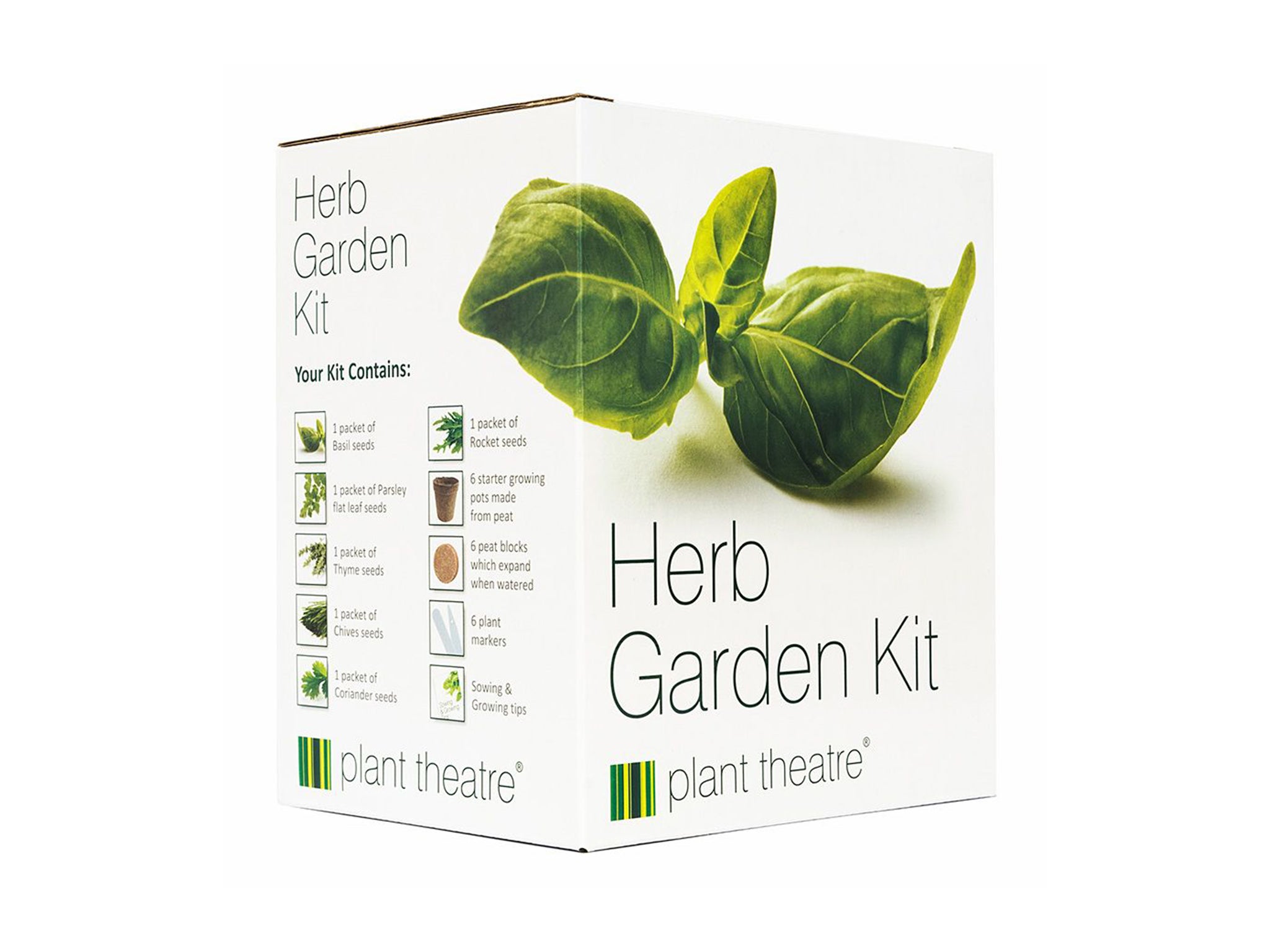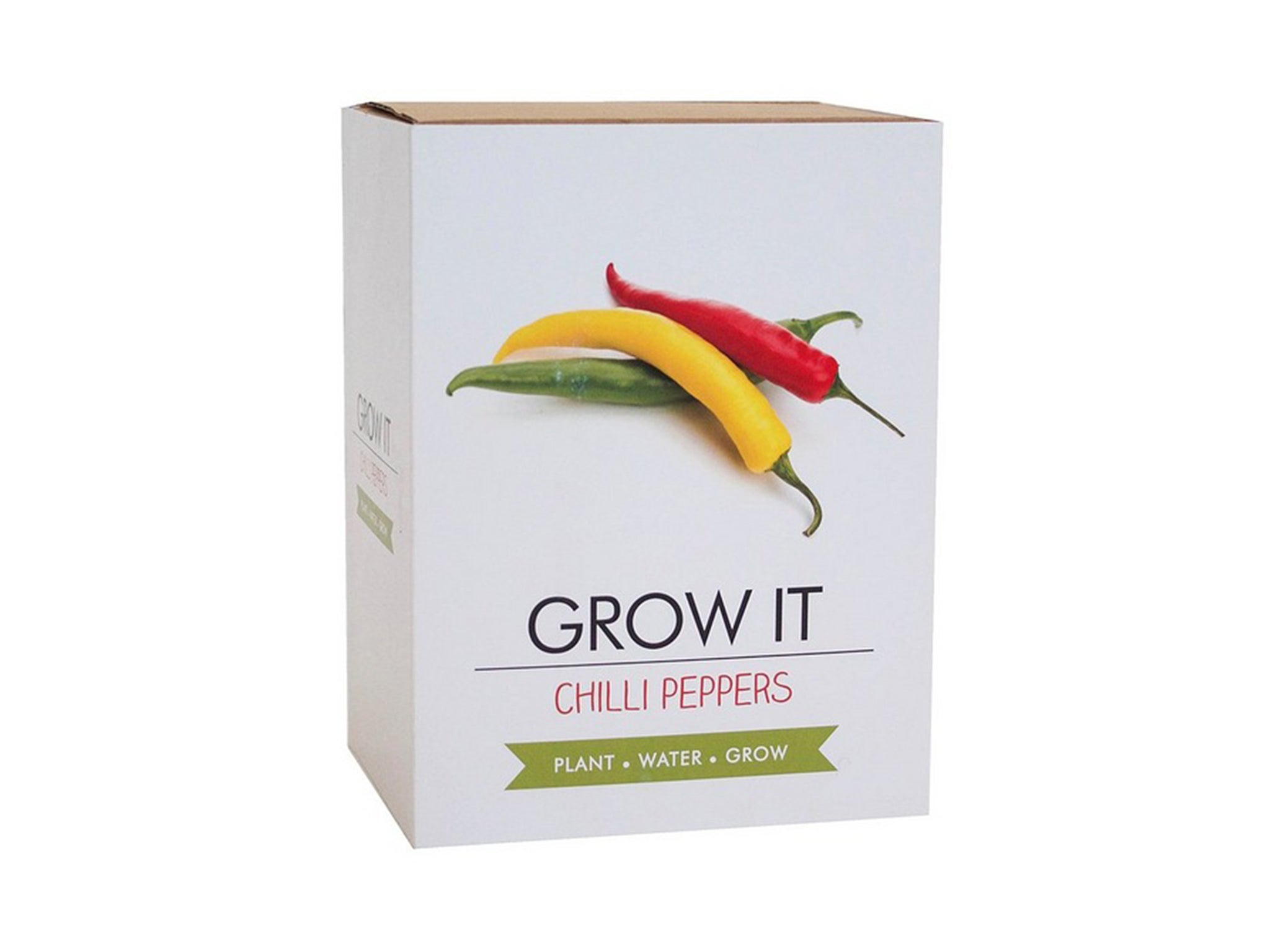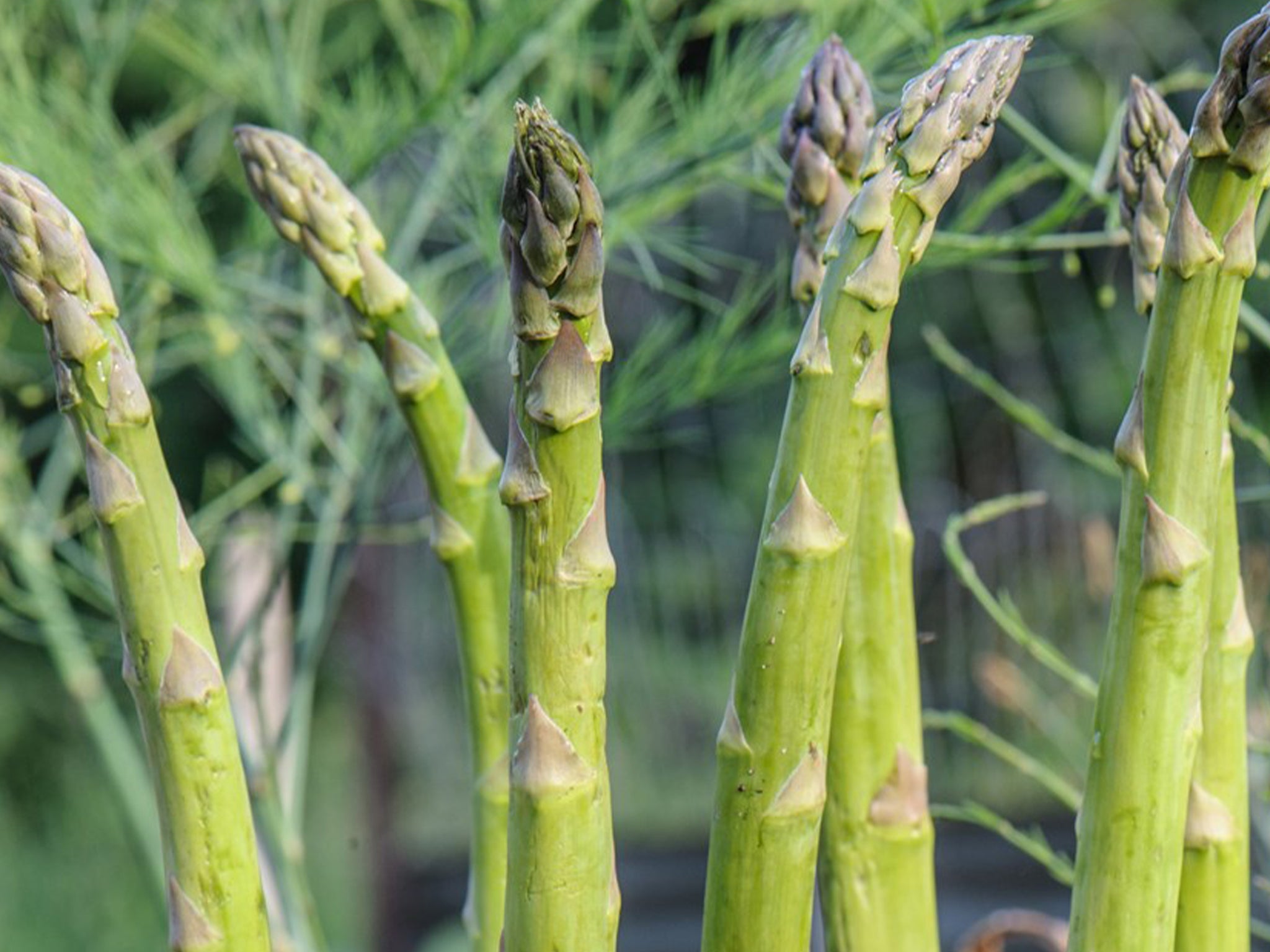The Independent's journalism is supported by our readers. When you purchase through links on our site, we may earn commission. Why trust us?
How to grow your own vegetables at home – even if you don’t have a garden
Whether you have a windowsill or a sprawling patch, this is how to get started

Keeping your kitchen stocked with fresh vegetables can be tricky as lockdown continues.
Some supermarkets have lifted their product restrictions but rather than rely on shop stock levels, you can take matters in to your own hands and have a go at growing your own.
It’s also a way to get some much-needed vitamin D, improve your gardening skills and have a rewarding return in the form of the freshest food you’ll ever get.
Space is not an issue either, you don’t need a huge garden spanning acres to successfully grow your own produce. If you need anymore inspiration to get growing and get out in whatever space you have, visit our gardening section here.
Guy Barter, chief horticulturist for the Royal Horticultural Society (RHS) tells The Independent how to grow vegetables, even in the smallest of spaces.
You can trust our independent round-ups. We may earn commission from some of the retailers, but we never allow this to influence selections. This revenue helps us to fund journalism across The Independent.
Indoor space
“Light levels are rather low indoors unless you are fortunate enough to have a conservatory, so although raising windowsill seedlings is feasible, other crops are tricky,” says Barter.
But it’s not impossible he adds. “Windowsill herbs thrive for a short while and I have seen chilli and other peppers and trailing tomatoes do well enough in a sunny windowsill.”

This herb garden kit, £30.40 by Plant Theatre, allows you to grow six different types of herbs; basil, parsley, thyme, chives, coriander and rocket, and comes with starter pots, peat disks, plant markers and seed packets.
The kit also provides tips on how to care for them and get the most produce possible from your seeds.
Balcony space
If you’ve got a balcony, there’s plenty of vegetables to grow so you can create your very own salad and tasty veggie dishes.
“Sunny balconies are excellent places for potted herbs and sun-loving peppers, tomatoes and indeed all veg, including potatoes," says Barter.

This chilli plants set, £12.99, is ideal for a gift for a novice gardener looking to spice up their kitchen. It comes with tabasco, demon red, Hungarian hot wax, jalapeno and anaheim chilli seeds, growing pots and compost discs made from coconut husk and wooden plant markers.
If your balcony doesn’t see much sun, your options are a little more limited but Barter explains that salads, chives, chard, mint and leafy beets can still grow well. If you’re in a tall building, he advises having some form of shelter to protect them from windy weather.
Small gardens
If you have a garden, a world of possibilities opens up and you’ll be in a position to grow root vegetables, leafy greens and marrows. And the added beauty of this is you can also create your own menu for a feast, once everything has sprouted.
“Any reasonable soil with good sun (six hours or more in midsummer) supports herbs and all vegetables. In terms of what yields most food per square metre, early potatoes, runner beans and tomatoes do best, followed by carrots, beet, both beetroot and leafy chard, and cabbages,” says Barter.

He tells The Independent that RHS members have found that beetroot, chard, lettuces, rocket, spinach and tomatoes give good results for first timers too, which is great news if you’re new to gardening.
Carrot seeds are inexpensive, such as these organic early nantes 2, £2.29 from Thompson & Morgan garden centre, which are ideal for successional sowings throughout the summer months. Each pack comes with an average of 1,000 seeds, so your fridge will be stocked for a long while.
These tomato 'rainbow blend' F1 hybrid seeds, £3.69 from Thompson & Morgan, are a colourful way to spruce up pasta, fish and meat dishes, side salads and starters. They will sprout a mix of red, yellow, pink and orange baby plum tomatoes.
A healthy selection of herbs that will also thrive include chicory, endive, lettuce, lambs lettuce and rocket. Try lamb's lettuce 'favor', £1.99 also from Thompson & Morgan, which will grow on a patio in sunny weather up to a height of 15cm. Once harvested, you can mix them into a salad.
In Barter’s own garden, he decorates his patio with potted aubergines, peppers and tomatoes, which are easy to grow and don't need to be in vegetable patches.
Big gardens
If your garden is big enough to fit a greenhouse, Barter recommends growing a bed of asparagus, rhubarb and utilising a fruit cage (where you can grow fruit trees or bushes). You could even start growing winter vegetables that can take up to nine months to grow if you have space.
“Vegetables like potatoes are usually left to farmers and supermarkets, but it is perfectly feasible to raise them yourself,” he adds.

These asparagus guelph millennium from Thompson and Morgan start from £15 for 10 crowns and grow best in sunny, moderately-fertile soil conditions. As long as there is shelter from any strong winds then you’ll be able to yield good results.
The RHS has created a how-to for growing potatoes if you do want to attempt it, with a step by step guide to sowing, preparation and planting them.
Read our guides on the online garden centres to support during lockdown, and how to do up your garden
Voucher codes
For the latest discounts on plant seeds and household buys, try the links below:
- MADE discount codes
- Ocado discount codes